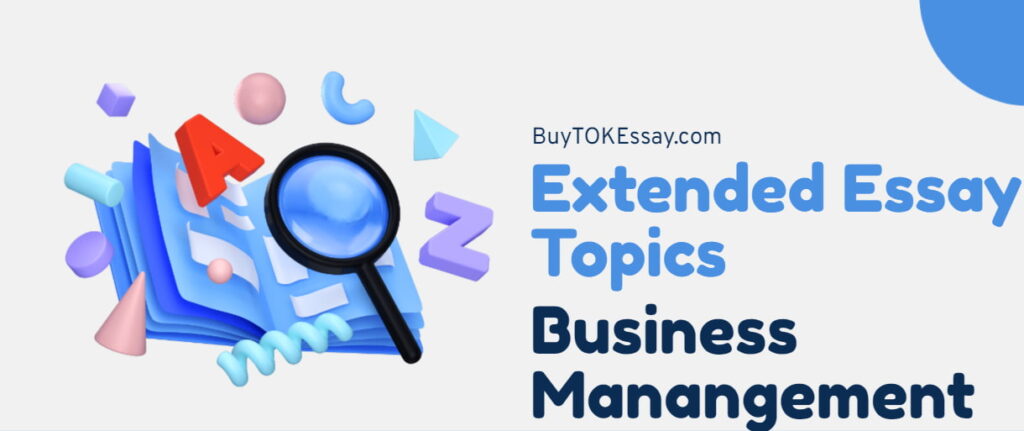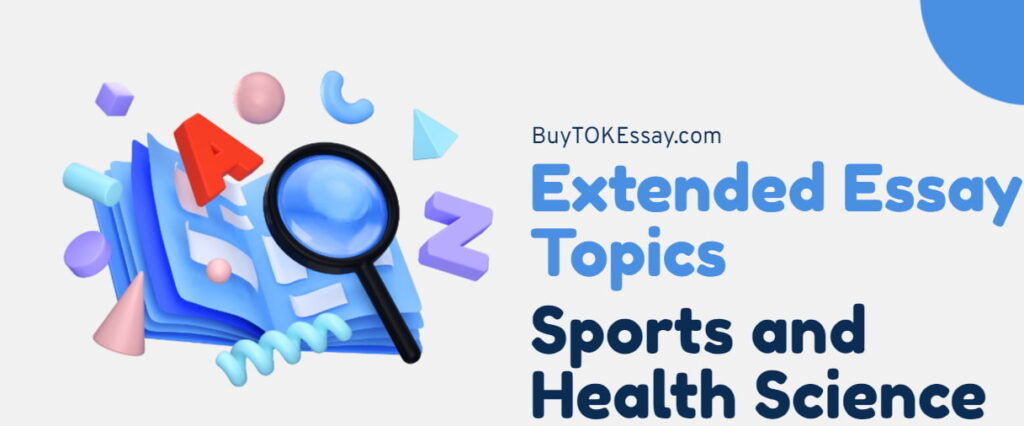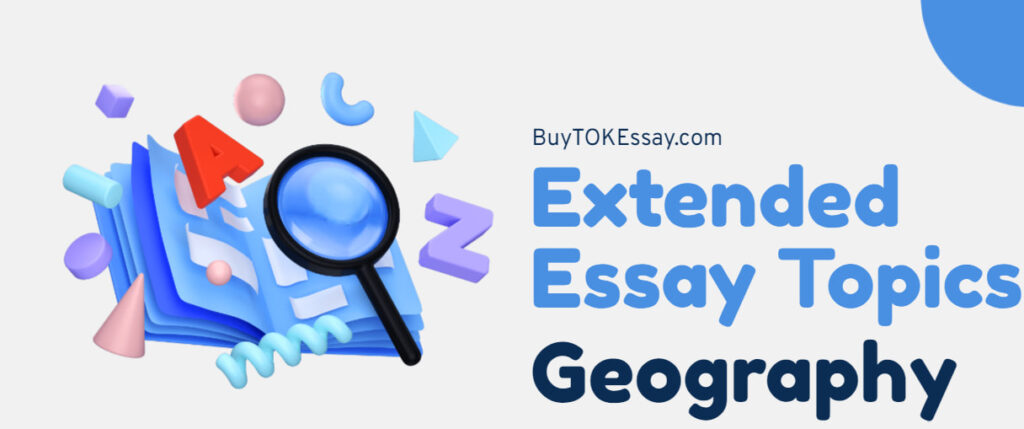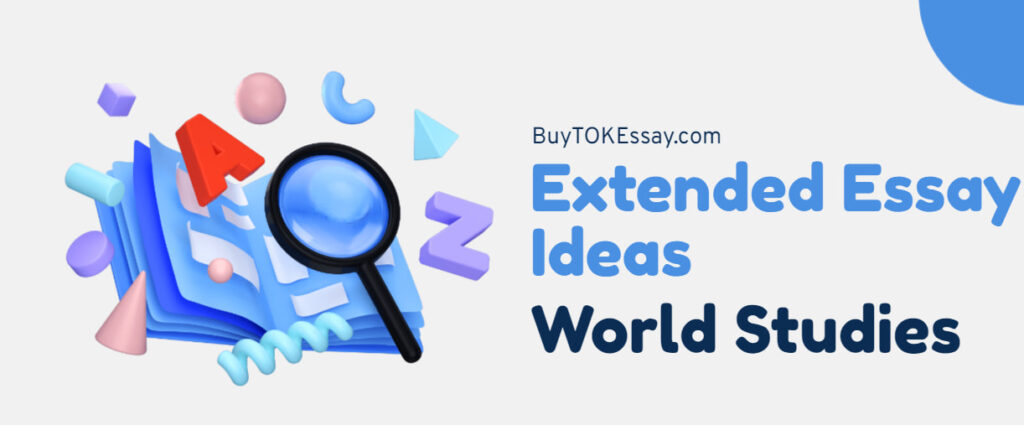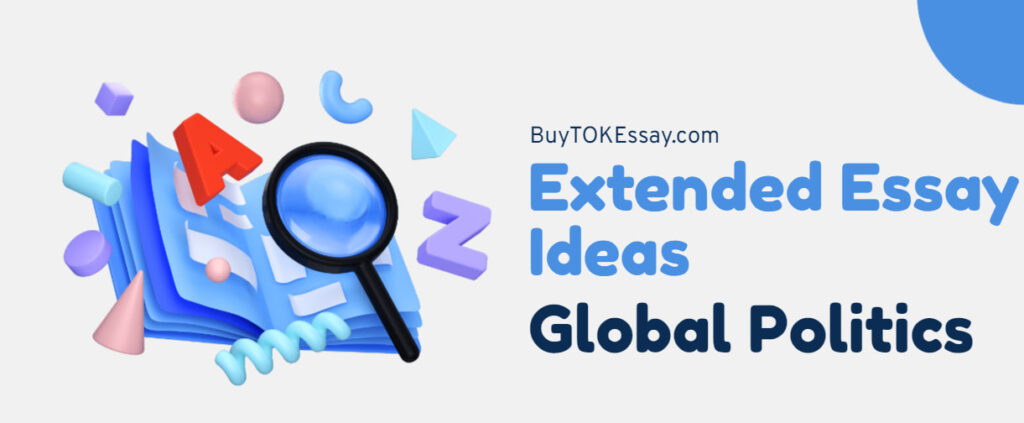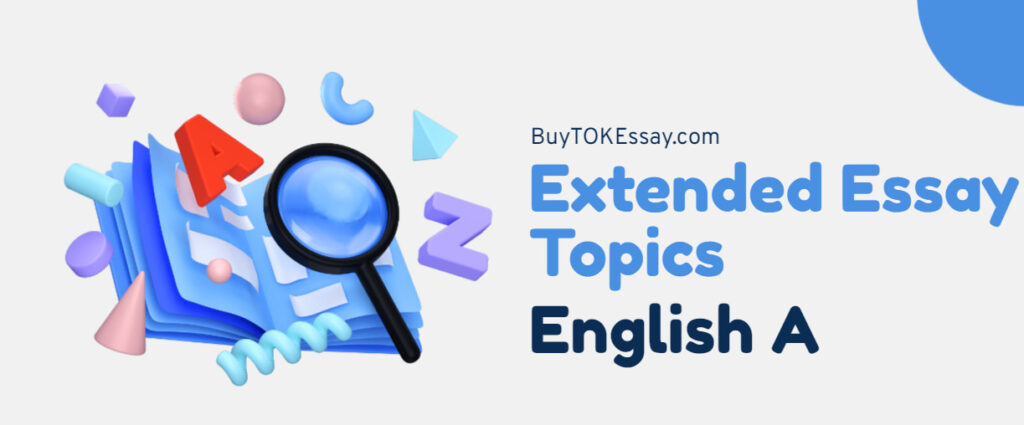Thinking back to when I was an IB student, I remember how hard it was to figure out how to write the body section for my IB extended essay. Making sure each line had a purpose, each reference was correct, and each point was related to the research question was more important than just piecing together paragraphs. Now that I’ve written many IB essays, I want to share what I know about writing an EE body that meets the requirements and comes across as a unique paper.
What Is the Body Section in IB Extended Essay?
The real meat of your IB Extended Essay, in my view, is in the body section. You set the scene in the introduction and summarize everything in the conclusion. The body is where you show, analyze, and defend your main points.
The body is like the heart of your essay. It’s where you give proof to back it up and use relevant theories. Each paragraph should help you answer your research question and keep the flow of your thoughts clear and reasonable. I’ve learned over the years that the body should be broken up into pieces that each talk about a different part of your topic.
Below is what a well-structured body section typically includes:
- Thesis – start each paragraph with a clear topic sentence that introduces the main idea and directly relates to the research question.
- Development – explain this idea’s context and relevance to your argument.
- Evidence – support your point with evidence from credible sources, such as statistics, quotes, case studies, or data.
- Balance – maintain a balanced discussion by giving different perspectives or counterarguments where appropriate.
- Analysis – conclude each paragraph by analyzing how the evidence supports your argument and connects to the research question.
The ability to keep the reader interested while keeping a clear, objective tone makes a part’s body section strong. You must show that you can think critically and create meaningful links. For that reason, remember that the body is where you’ll show what you know and how well you can use it.
What Is the Word Count for the Extended Essay Body Section?
“How long should the body section of my Extended Essay be?” is one of the questions I hear students ask most often. There isn’t a single correct answer, but there is a good rule of thumb.
The overall word count for an Extended Essay should not be more than 4,000, according to IB guidelines. About 70 to 80% of the count usually comes from the body section. The body section should therefore be between 2,800 and 3,200 words if you want to write a full 4,000-word essay. But if your essay is shorter, around 3,500, the body section will also be slightly shorter.
Here’s a quick summary:
- An introduction in EE should be around 200–400 words, or 5–10% of the total word count.
- About 70–80% of the total word count (about 2,800–3,200) is in the body section.
- A conclusion is around 300–600 words, or 10–15% of the total word count.
As long as you stick to the word limit and have a balanced structure, these numbers are flexible, in my view. Note that the word count does not include the abstract, bibliography, table of contents, and footnotes.
Also, the body section should be long, but what counts is the level of analysis and critical thought. From what I’ve seen, a well-organized body section of 2,800 words can work much better than one that is 3,200 words long and full of repetition. To get the most out of your EE, make sure it is clear, makes sense, and directly relates to your research question.

How to Write an Extended Essay Body?
I often tell students who ask me how to write an EE body to have a clear outline and keep focused on their research question. Let’s go over the most important steps.
Make a Good Outline First
One of the most important things I think is to make an outline. If you don’t have a clear plan, it’s simple to get off track, repeat thoughts, or stray from your research question. Plan out the main parts of your essay before you start writing even a single line. Figure out your main points or cases and how you will back them up with facts.
One example of a plan would be for an essay about how climate change affects farming. It could have parts like “Changes in Temperature and Crop Yields,” “Impact of Drought on Farming Practices,” and “Government Policy Responses.” Connect each section to your research question and build on the last one to make your main point.
I always tell my students that a good plan is like a map. It keeps them on track so they can write their extended essays faster.
Write Topic Sentences That Work
Start each paragraph with a clear topic sentence that presents the section’s main idea. This method shows the examiner that you carefully planned how to organize your case. A good topic sentence sets the tone for the paragraph, tells the reader what to expect, and keeps your work on track. In my experience, students who are proficient in this area tend to write more readable and convincing essays.
Give Evidence to Back Up Your Claims
It’s time to provide proof to back up your claim once your topic sentence has established the scene. This proof may include data, statistics, citations from reliable sources, or actual cases. But just listing facts is insufficient; you also need to explain the significance of the data and how it relates to your research question.
What should be included in each paragraph is listed below:
- Topic sentence introducing the idea.
- Evidence such as data, quotes, or examples to support your claim.
- An analysis explaining the significance of the evidence and linking it back to your argument.
- Transition sentence that connects the current idea to the next point or section.
In my opinion, rationally written and well-supported paragraphs demonstrate critical thinking and depth of information, two traits that are highly regarded in the IB.

Need Help with Your IB Extended Essay?
Whether starting from scratch or fine-tuning your existing assignment to meet your supervisor’s demands, the BuyTOKEssay.com team is here to make your dream of a perfect paper a reality. Just buy an extended essay from our IB experts and say goodbye to writer’s block!
Use Clear and Precise Words
The best works are the ones that get their point across easily. The worst ones use words just to sound “academic.” Remember that your examiner has to read a lot of extended essays. A clear, straight style strengthens your points. If a short, easy word will do, don’t use a long, hard one. You should use a scientific term if it is crucial to your topic, like an idea from physics, economics, or philosophy, but explain it well.
You should also not think that the examiner will understand all the words you use. It’s still your job to explain terms and show that you understand, even if they already know a lot about the IB subject.
Keep the Flow and Transitions Logical
To help the reader follow your argument, use transition words like like “in addition,” “moreover,” “on the other hand,” or “as a result.” They make reading your essay simpler by illustrating cause and effect, connecting concepts, or contrasting arguments.
This, in my opinion, greatly improves readability and makes it easier for the examiner to follow your argument. Your writing might seem more ordered and logical by using even basic transitions like “firstly,” “next,” or “finally.” A well-placed transition may give your essay a polished vibe, so don’t undervalue its importance.
In fact, I often advise drafting the first version without considering transitions and then adding them during the editing phase.
Pay Attention to Analysis, Not Description
Overemphasizing description is one of the worst mistakes I’ve seen students make. Recounting information or summarizing sources might easily take up too much of your time, but the IB wants to see you using your analytical abilities.
You need to explain why it’s important, how it helps answer your research question, and what conclusions can be made. Personally, I believe that research is what makes an extended essay great.
Plus, adding a simple graph, chart, or table can help your points stand out and make your analysis clearer. Just make sure that any visual elements you use help your case. But keep in mind that visuals aren’t a replacement for research. There should be a clear description of why each table or graph is important next to it. Use words like “As shown in Table 1…” or “Figure 2 illustrates…” to refer to each image in the body section.
Conclusion
It’s unnecessary to be stressed out when writing the body of your Extended Essay. You can write a good essay if you have a clear plan, stay focused, and are patient. Don’t forget to connect everything to your research question, use proof correctly, and keep your writing clear.
Take a big breath, make an outline, and then start writing. You can do this!
You can also email us at BuyTokEssay.com if you get stuck or need help from a pro. We can help you with all IB tasks, including TOK essays, extended essays, and more.
